



There are many holidays in Iran. Traditional holidays and religious holidays are among the most important holidays in the country. There are 23 official holidays in total.
Unlike the rest of the world in Iran, Thursdays and Fridays are the weekends, usually the government bodies open on half-day on Thursday. and on Friday offices and schools are closed, HiPersia's working hours are 9 to 17 from Saturday to Wednesday, and 9 to 13 on Thurdays.
The Solar calendar is based on the sun's twilight and has 12 months. this calendar is the main calendar of Iran and it has 6 months with 31 days and 6 months with 30 days. The lunar calendar has 11 lesser days a year than the solar calendar. For this reason, the lunar calendar months are always moving (In the religious section, the lunar date will mention) in the Solar equivalence, Although the main calendar of Iran is Solar which is known also as Shamsi, as a major muslim country Iran has to add Lunar calendars dates too, so month such as Ramadan, Muharram and Safar could be traced.
Chaharshanbe in Persian means Wednesday, and Suri means scarlet, ulike it's name this celebration is held on the last thursday of each year are the Iranian people, there are certain activites in this day which you can read more about here.
Iranians and countries like Afghanistan who use the solar calendar celebrate the first day of spring (1st of Farvardin) which usually happens to be in April. This ancient celebration is made up of several traditions, one of the most prominent of them is "Haft seen".
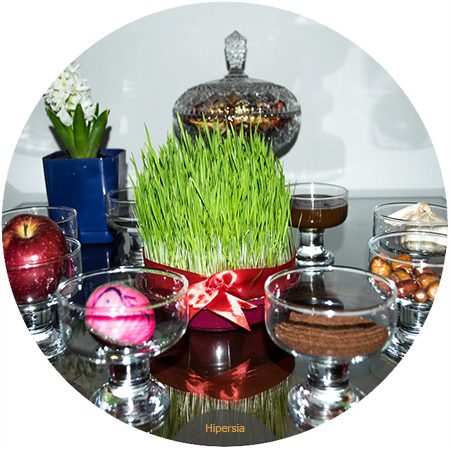
Sizdah Bedar, also known as Nature's Day, is an Iranian festival held annually on the thirteenth day of Farvardin, during which people spend time picnicking outdoors.
Shab-e Yalda or Shab-e Chelleh is an Iranian festival celebrated on the "longest and darkest night of the year".
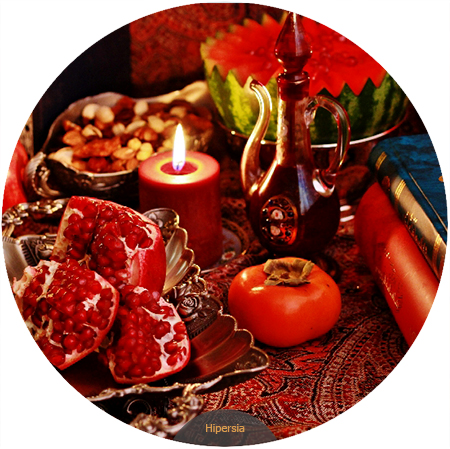
The people of Iran celebrate the birth of Imam Ali (AS) on the occasion of the Father's Day.
Muhammad's first revelation, the day that the Prophet of Islam, was chosen as the Prophet.
The people of Iran celebrate the birth of Imam Mahdi (AS).
On the 21st Ramadan, Imam Ali was martyred by the poisonous sword Muljam Moradi’s son.
On this day, all government agencies are closed.
Eid al-Fitr is the first day of the month of Shawwal and at the end of Ramadan. Eid al-Fitr is one of the most important celebrations and festivals of Muslims.
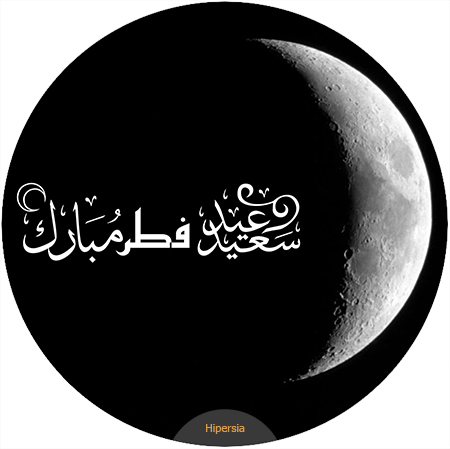
Imam Ja'far Sadiq was poisoned by Mansour Dhaniyaki, the Abbasid caliph and was martyred.
Eid al-Adha also called the Festival of Sacrifice, is the second of two Islamic holidays celebrated worldwide each year.
Eid Ghadir is celebrated by Muslims for the succession of Imam Ali (PBUH) after the Prophet Muhammad.
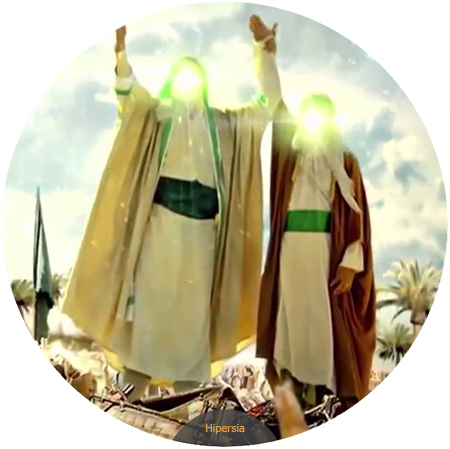
In these days, people believe that listening to happy songs and wearing red are forbidden and try to use dark colors in their cover.
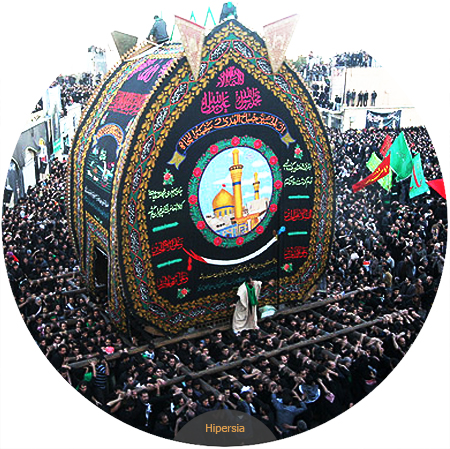
The fortieth day after the death of Imam Hussein (AS), called Arbaeen.
On this day, all government agencies are closed.
Imam Reza (AS) - the eighth Imam of the Shiites - is killed by poisonous grapes and martyred.
Imam Hasan Askari is the father of Imam Mahdi and martyred at the age of 28.
Muhammad is the Prophet of Islam. Imam Ja'far Sadiq (AS) is the sixth Imam of Shiites.
Fatemeh (SA) is the daughter of Prophet Muhammad and wife of Imam Ali (AS).
In Iran, the birthday of Hazrat Fatima (S) celebrated as a Mother’s Day.
this day registered as the anniversary of the 1979 establishment of the Islamic Republic.
Seyyed Ruhollah Khomeini, the first leader of the Islamic Revolution in Iran, died at the hospital on the night of June 4th.
Due to the arrest of Imam Khomeini on behalf of the Shah, the Iranian people resurrected and protested. The Shah tried to crack down on the demonstrations, rushed violently and shot the crowd.
In February 1977, the Iranian Revolution succeeded.
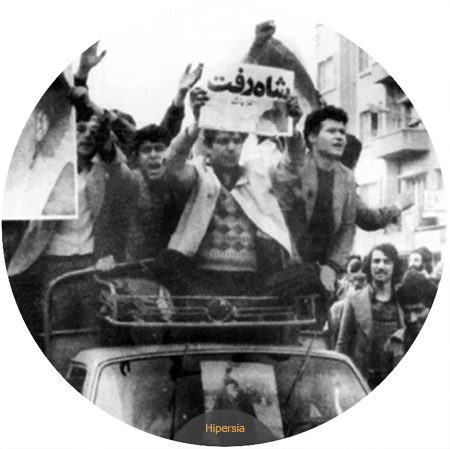
Some religious minority schools such as Mary, on Christmas day, are a few days off.
In Iran in the year 1329, under the leadership of Dr. Mossadegh, Iranian oil was nationalized.
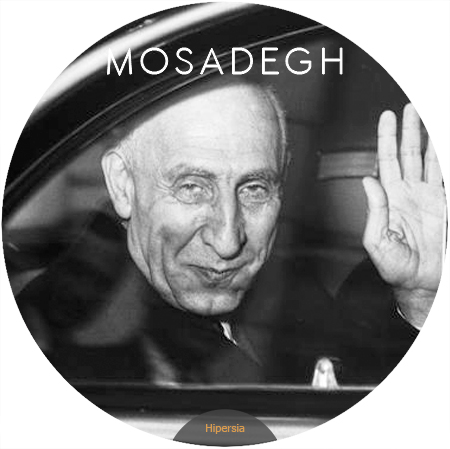
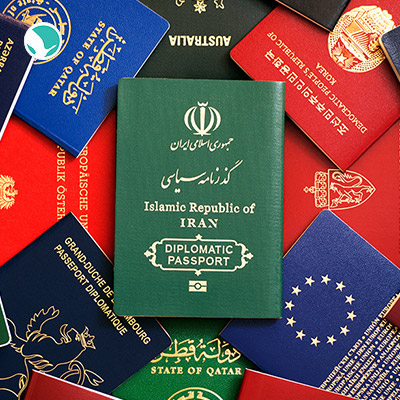

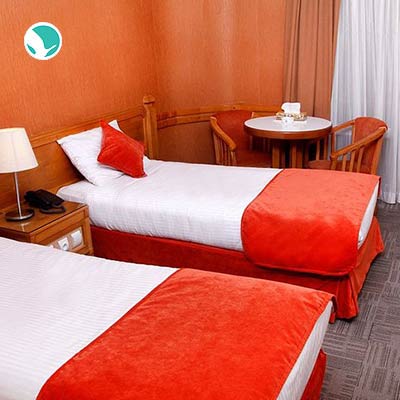
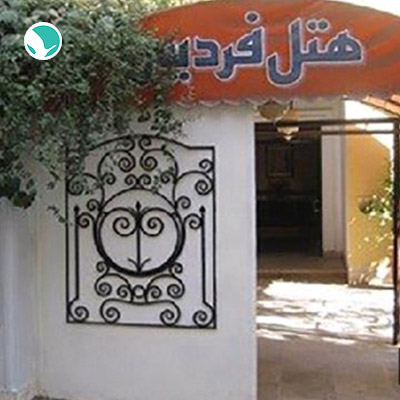
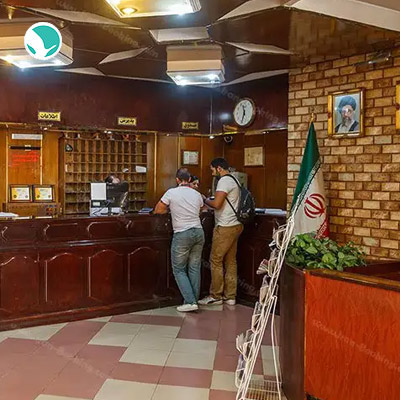
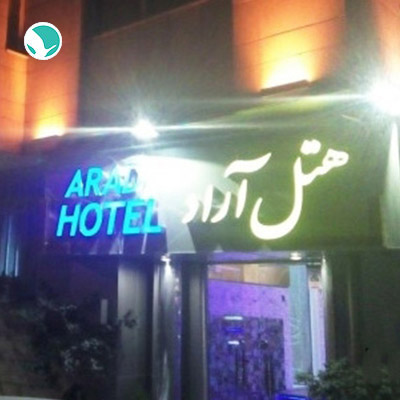
“Oh! Squander not this breath that Heaven hath lent thee, Nor make too sure another breath to borrow!’” Khayam